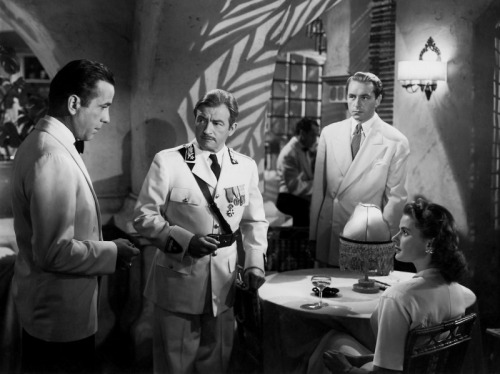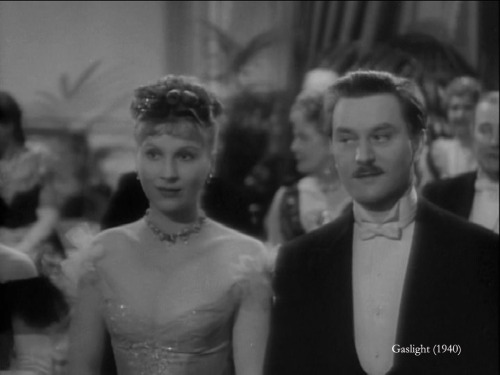
by Sam Juliano
One of world cinema’s crowning glories, Vittorio DeSica’s seminal neo-realist post-war masterpiece, Bicycle Thieves, was named the greatest film of the movie-rich 1940’s by a comfortable margin, in a polling result announced today by Angelo D’Arminio Jr. The 1949 film, known in Italian as Ladri di biciclette, chronicles the desparate attempts of a Roman workingman and his young son to locate the stolen bicycle that is so essential to the father in his newly-obtained job as a billposter- a job which is his first of many months, and on which the future livelihood of his family depends. The naturalistic film records nothing more than this ultimately useless one-day search, but its observations of the relationship between father and son-played by two non-professional actors as is DeSica’s trademark-and its realistic portrait of the poverty-stricken streets, back alleys, brothels and black markets of Rome, have made the film themost famous and identifiable in all of Italian cinema. The final shot when the man, having himself been driven to steal a bicycle, with his tearful son looking on is apprehended, may well be the most shattering conclusion in movie history.
D’ Arminio stated that the film held an early lead in the voting and never looked back, as it was named on all but a few ballots of the 28 cast. Despite the long prominence of the film as an arthouse favorite, the fact that it is in Italian with English subtitles made it’s a prospects for a first-place finish as somewhat of a longshot, especially since the balloting included several voters who resisted including foreign-language cinema on their lists. But in the end, the serious film lovers carried the day for this emotional powerhouse of a film, one that has unwaveringly affected generations of moviegoers all around the world.
Bicycle Thieves received 472 points in the weighted ballot system, outdistancing the second-place film, Orson Welles’ Citizen Kane, which garnered 431. John Ford’s The Grapes of Wrath finished third with 407; the popular Casablanca was fourth with 385, and the beloved It’s A Wonderful Life, directed by Frank Capra finished fifth with 339.
Rounding out the Top Ten were: the British The Third Man, directed by Carol Reed with 335; Carl Dreyer’s Danish The Day of Wrath with 303; Japanese master Ozu’s Late Spring with 280; Marcel Carne’s Les Enfants du Paradis with 271, and Billy Wilder’s Double Indemnity with 246.
As with the previous 1930’s poll, which was headed by Victor Fleming’s The Wizard of Oz, the Top 25 films of the decade were presented. They are:
1 Bicycle Thieves (Italy, DeSica 1948 )

2 Citizen Kane (USA, Welles 1941)

3 The Grapes of Wrath (USA, Ford 1940)

4 Casablanca (USA, Curtiz 1942)

5 It’s A Wonderful Life (USA, Capra 1946)

6 The Third Man (GB, Reed 1949)
7 Day of Wrath (Denmark, Dreyer 1943)
8 Late Spring (Japan, Ozu 1949)
9 Les Enfants du Paradis (France, Carne 1945)
10 Double Indemnity (USA, Wilder 1944)
11 The Treasure of the Sierra Madre (USA, Huston 1948 )
12 The Maltese Falcon (USA, Huston 1941)
13 La Belle et la Bete (France, Cocteau 1946)
14 The Life and Death of Colonel Blimp (GB, Powell 1943)
15 How Green Was My Valley (USA, Ford 1941)
16 Out of the Past (USA, Tourneur 1947)
17 Brief Encounter (GB, Lean 1945)
18 Rebecca (USA, Hitchcock 1940)
19 Great Expectations (GB, Lean 1946)
20 Notorious (USA, Hitchcock 1946)
21 The Red Shoes (GB, Powell 1948 )
22 Open City (Italy, Rossellini 1945)
23 Sullivan’s Travels (USA, Sturges 1941)
24 Kind Hearts and Coronets (GB, Hamer 1949)
25 Hamlet (GB, Olivier 1948 )




























 Click on names for archives
Writers/Founders
Click on names for archives
Writers/Founders